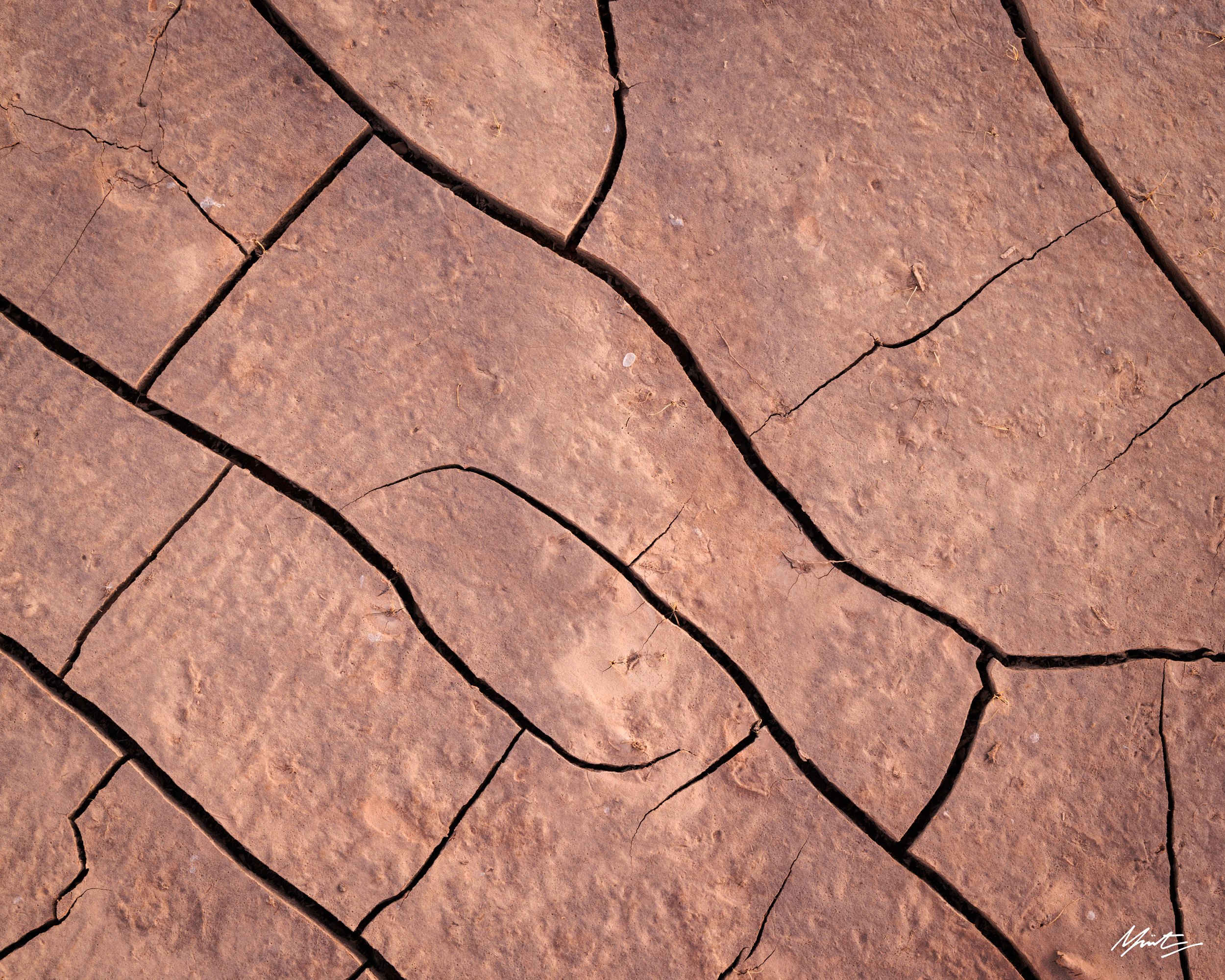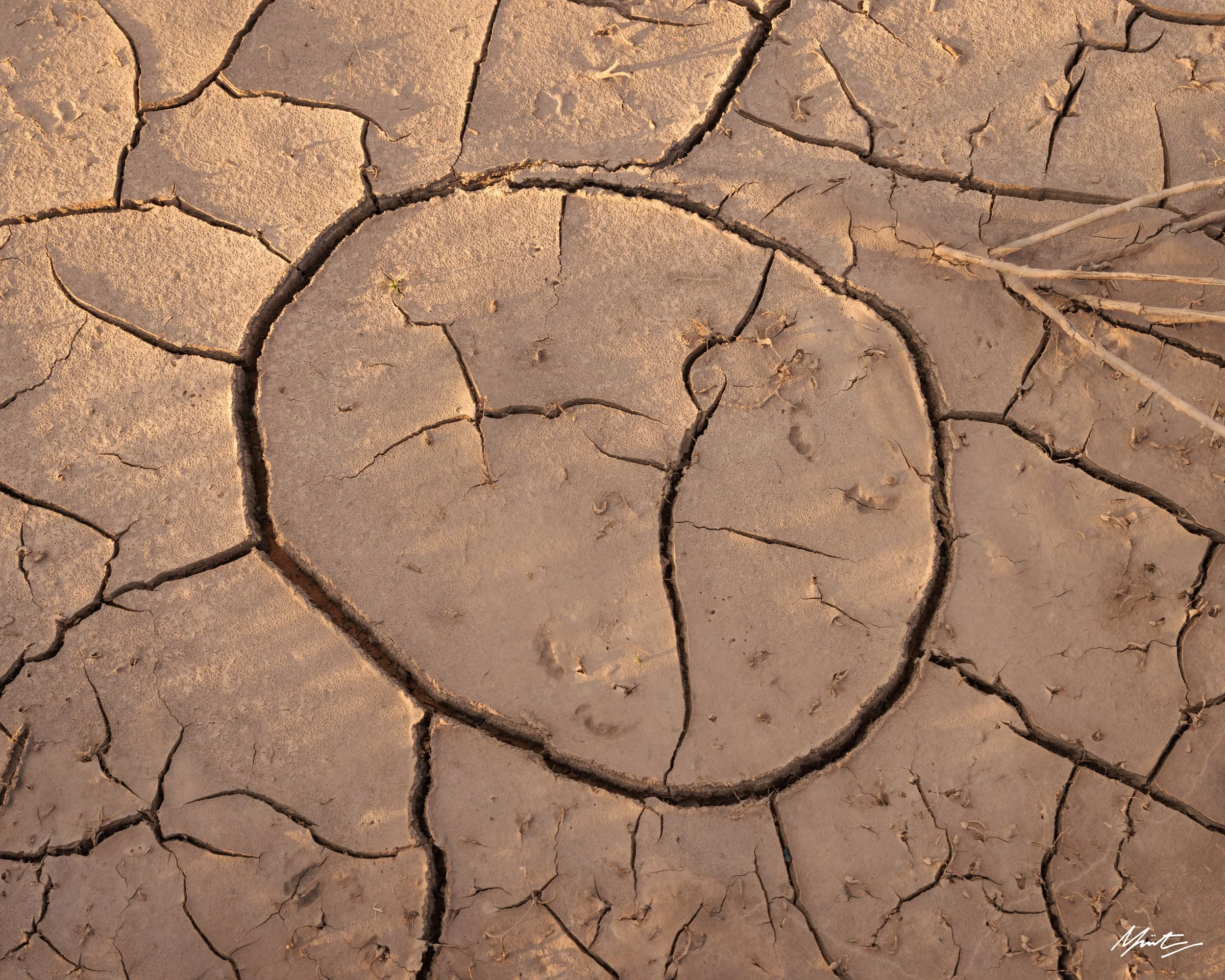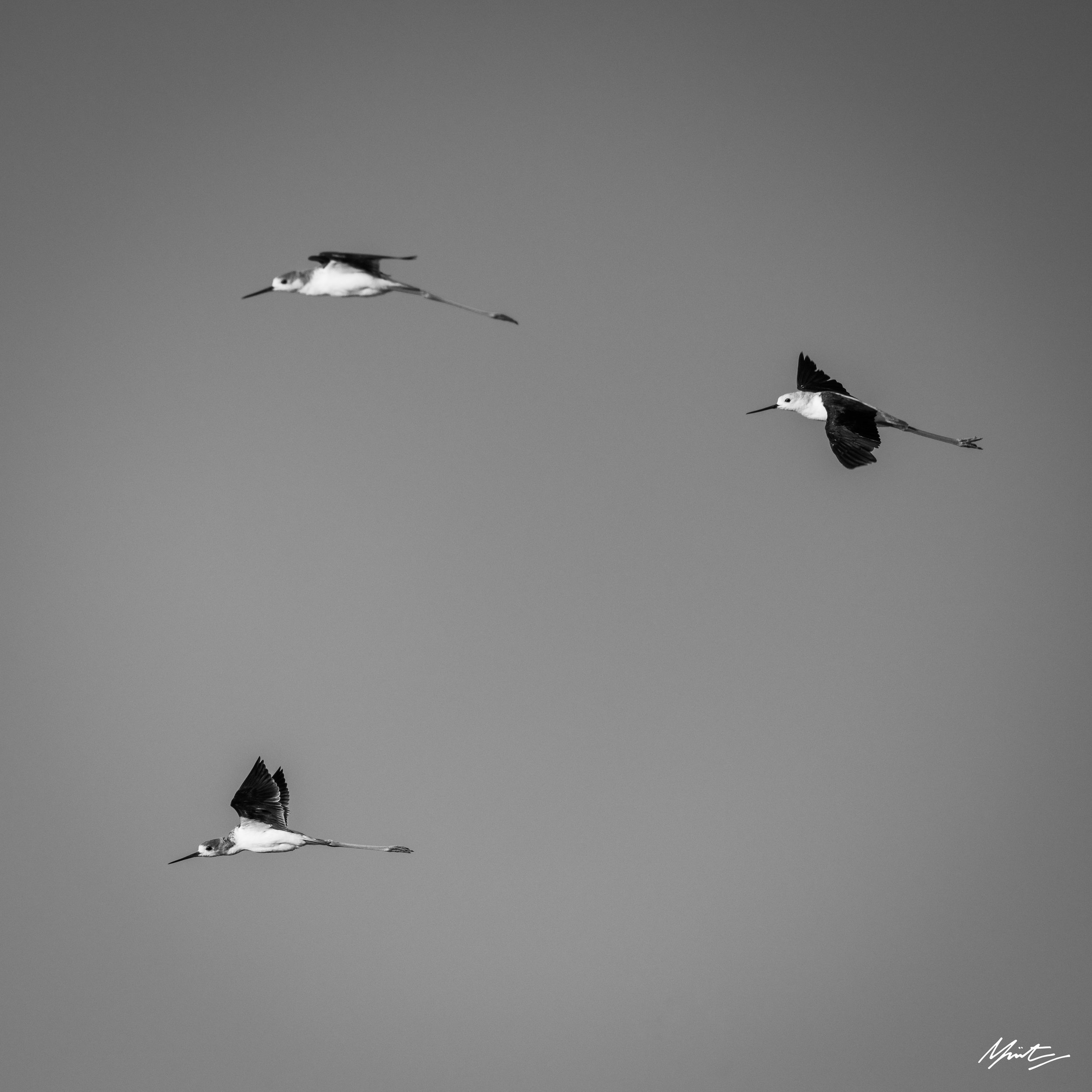Lessons from the Desert // South Africa Landscape Photography
Lessons from the Desert
I went on a trip out to the Karoo, an arid part of South Africa with my family in January, 2023. We stayed at a truly remarkable cottage on a private farm, well off the beaten track (quite literally, there were some pretty intense rocky “roads” just to get there). The quietness of the desert is almost alarming at first, only for it to be broken when you tune into the local ecosystem: a wonderful array of endemic birds, the murmur of rolling thunder in the distance, and of course the crackle of a fire pit under the starry night sky.
Of course, I brought my camera along with the hopes of exploring the landscape and making images. The desert taught me a number of lessons that trip - I found myself holding on to certain expectations and ideas, rather than being present in the very moment before me. However, the Karoo is a swift teacher. It is as harsh as it is beautiful. When I finally relinquished any sense of expectations and control, the beauty of the desert was waiting to entrance me.
The wide open expanses of the Karoo, free to roam
I decided to go for a number of walks and get the lay of the land first. It was the second morning when I stumbled upon a very small patch of rippled sand, no bigger than 2m sq. It was just off the trail, so I manoeuvred myself through the scrub to test some quick compositions with my phone, careful not to walk onto what might be a photograph. The simplicity and dynamism of form had captured my imagination, yet for some reason I didn’t have the urge to rush back with my proper camera. I think the idea of it was in some ways more entrancing than the reality. In retrospect, maybe I should have forced myself to return that same evening, even if it was just for practice. More importantly, I would have gained the experience of being out in the desert during the magical hours of dusk. In the end, it was not to be. On a separate hike up into the hills, my brothers and I returned passed this scene and it was accidentally walked through.
Scouting image of dried sand ripples, early morning light
Afterwards, I struggled for a few hours to reframe my mindset from one of expectations, waiting for the ideal light or a moment of inspiration to go make an image of a pre-visualised scene, to one of encounter, surprise, and spontaneity. I had to reconcile that the scene was no longer there and needed to shift my focus and energy elsewhere. I turned to the landscape. The farm sits on an ecological boundary condition, a threshold between the desert, Karoo scrub, and fynbos. Walking through the rifts its hard not to get caught up in wonder at the enormity of the sandstone escarpments and sheer variety of flora in what looks to be such an inhospitable environment.
Listening to my instincts and what my surroundings were telling me, I decided to put the camera away for a short while and instead took just my binoculars in search of some local bird specialties (yes, I’m a bird nerd!). Despite reports of a number of potential lifers from close friends, the outings were mostly unsuccessful. However, the walks did provide me with the joy of exploring a new area and re-concentrated my mind on noticing the details all around me.
Sandstone escarpment
Breaking morning light
Water in the desert
Not having my camera with me when there was such incredible conditions was probably the best thing that could have happened. It reignited the commitment to simply putting myself out there and witnessing what comes my way. Seeing water in the desert - and especially the nearer small pond - piqued my curiosity. I knew immediately I needed to go explore the area. In that moment, I surrendered myself over to the landscape and what it would bring. It would turn out to be the perfect place to witness the threshold condition of fynbos blending into desert in the very ground below my feet - dried mud.
It was my first time encountering shales of cracked earth like this. I was utterly entranced and felt a sharp focus on the task at hand. Black-winged stilts flew back and forth from one bank to the other as I explored the intricacies of the shoreline. I had arrived well before sunset giving me enough time to wrap my head around the various areas and their unique qualities: some patches of mud were wonderfully curled and twisted, while others were marked with the remnants of root structures creating circles on an otherwise jagged surface of cracks. The change in mud was a gradient as I ventured further away from the water’s edge, eventually giving way to sand. Yet, even this was rippled and marked by the water’s presence.
Black-Winged Stilts, Juveniles leading an Adult
Smooth landing
The tracks of a small cat, likely a serval
The rest of the evening is a blur. My memory is almost that of entering a trance state, completely and utterly absorbed in the moment. The sun dipped below the crest of the mountains to the north, and with it the light softened. A warm glow cast itself across the undulations of the earth as I worked my way around the pond. I wasn’t rushed, simply enjoying the time that I had with the subjects in front of me for as long as they would allow.
It was nearly dark by the time I returned to the cottage that evening. The resonance of the impact that evening has since had on me cannot be understated. It almost seems to have altered my brain chemistry. While cracked mud might be a subject trope at this point in the landscape photography community, the images I captured weren’t simply a copy of a motif. These 6 images hold the story of the transition between ecosystems, and lessons learned in the desert.
One last sunrise over the desert














